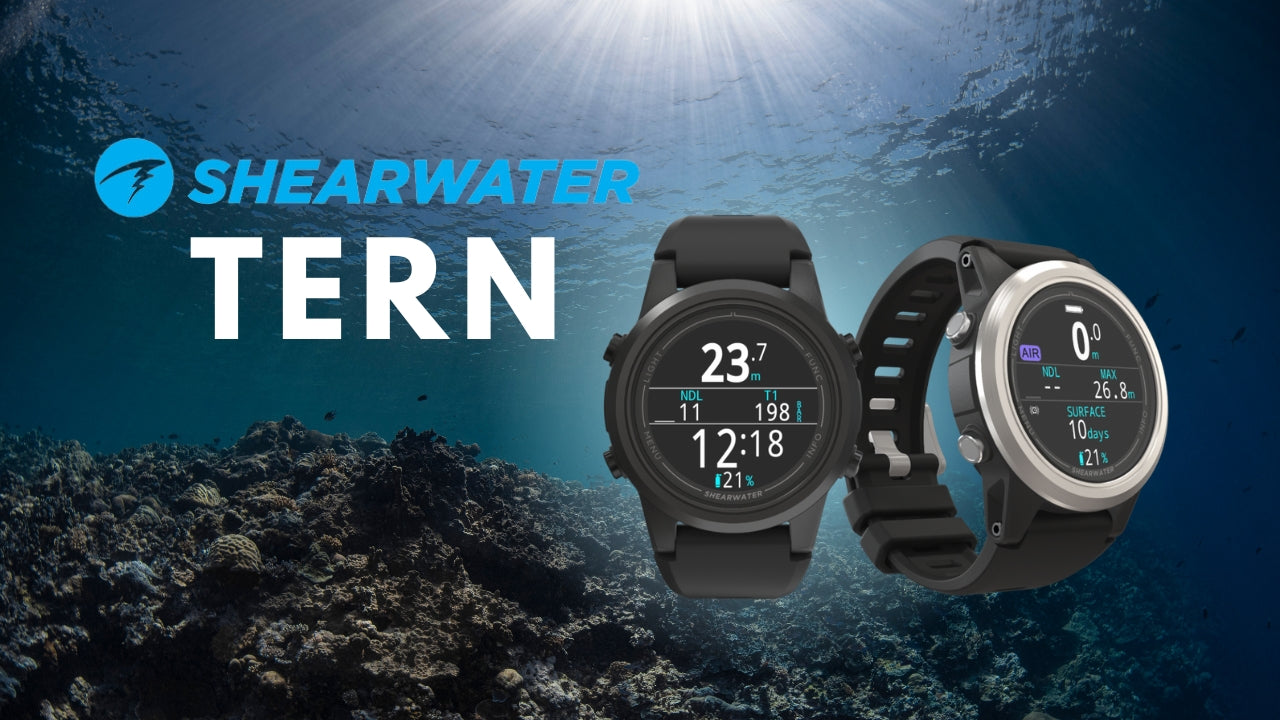Gear Up According to The Waters You Are Diving In

There exists a wide variety of different scuba diving equipment, and the particular gear you need to use depends to the large extent on the type of diving you plan on doing. In this article, we will take a look at three common forms of diving that require some specific equipment - drift diving, deep wall diving, and night diving.
Drift Diving
Drift diving is one of the most effortless forms of diving. Your direction completely depends on the current of the water. Usually, these divers have a brightly colored flag or float attached to their feet so as to maintain visibility from the surface in emergency situations.
With respect to the equipment, drift diving requires the general scuba diving gear, surface signaling devices, and compass. It is done in almost all locations and water conditions which is why thermal protection is required accordingly. Usually, I wear a dry suit to avoid injuries.
However, in order to make the most of drift diving, you need to be continually aware of the current velocity and direction. Some dive operators provide divers with loaner reef hooks to judge the current flow.
Deep Wall Diving
This style of diving is available in all the waters of the world at every temperature available according to the season and location. This is the reason a potential diver should carefully analyze the thermal suit protection accordingly. Usually, the deeper you go, the cooler the water gets.
Deep wall diving has a low level of visibility which is why you need to have the right equipment in terms of dive lights and strobe lights. A number of divers carry dive computers in deep wall diving for calculating the remaining bottom time based on actual dive depth.
Make sure that you have a redundant air supply to make up for the lack of oxygen while deep wall diving.
Night Diving and Limited Visibility Diving
Night diving is one of the most enjoyable and worthwhile forms of diving if it is done correctly. The underwater world at night is very different from the underwater world during the daytime, which makes it highly appealing. This type of diving is best enjoyed at shallow depths in calm waters with good visibility.
Over here as well, the thermal protection to be used depends entirely on the temperature of the water. Standard scuba diving gear can be used effectively. However, a welcome addition can be the use of chemical lights placed on the tank valves or high on the BC to generate a greater level of visibility. The techniques of using dive lights should be understood beforehand to make the best of this experience.
Limited visibility diving is also similar to night time diving. It deals with murky waters and a low level of visibility. In most cases, this murky water causes a reflection from the dive light. Divers literally need to remain ‘in touch’ with one another which is why a number of them prefer using the buddy line system; tags on the buddy line can be used to communicate to make up for limited visibility.
Conclusively, scuba diving is a versatile activity that can be enjoyed if one has the right equipment, training and back up. However, since different waters require different equipment and styles of diving it will be a good idea to get to know the location you are heading to beforehand.



![9 Best Dive Computers in 2024 [Reviewed & Updated] - DIPNDIVE](http://dipndive.com/cdn/shop/articles/best_computers2.jpg?v=1658752532)
